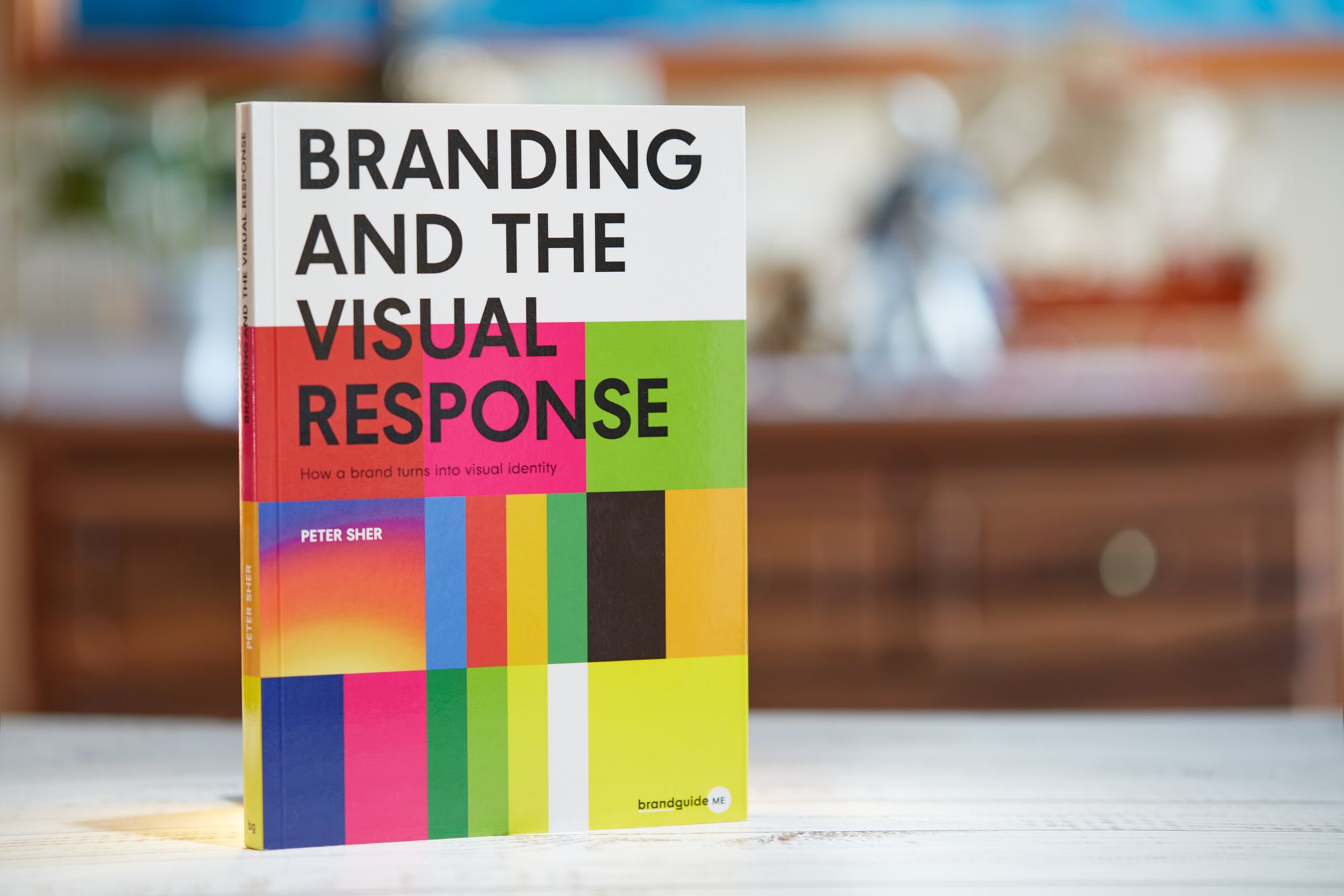What is branding? (Detailed overview, not just for designers)

We often hear the term branding in the context of products, organisations and services. What is it and how can you do it effectively?
For your brand to be successful, you must know how to make people talk about it.
What do we mean by brand and branding? What is the goal of branding? How does a brand develop and how to do branding well?
What is a brand?
It’s defined as a product’s or service’s slogan, visual identity, logo and everything else the public associates with it.
The thoughts and images people have of the product or the service are also part of the brand. This is the part of branding that is the most difficult to grasp, yet it is very important.
What is branding?
Branding is the development and realisation of a brand.
The American expert Marty Neumeier said
'A brand is a person's gut feeling about a product, service or organization.’
The gut feeling means the images and emotions that immediately come to mind when you think about a brand.
We can also define it as an elusive feeling. When you build your brand, you have a goal, a strategy you want to share with others through your brand.
What this tells people about your product or service is the single most important part of branding.
If you do it right, you can plant your feelings in other people’s minds.
If the praise for your brand comes from someone other than yourself, it will build your authenticity.
Authenticity is important: even good communication is useless if the value the brand represent doesn’t get through to the consumers.
How is a brand created?
Your brand needs maintenance and strategic adjustments all the time. This is an ongoing and interactive process you can’t speed up.
The development of a brand takes a long time: you may need years to have a well-built brand.
When a product is off the assembly line, that doesn’t mean you immediately have a brand. You need lots of adjustments and you need to monitor the audience and their feedback—and you need about 6 months before the brand starts to take shape.
The history of brands
During the industrial revolution, those who had machines had a competitive advantage, which meant they could accumulate capital and buy more machines.
With capital investment, new products were developed.
Over time, as factories developed, patents were introduced and those with well-built brands could obtain them.
As development goes on, it is now the change in infrastructure and the evolution of brands that shape the market.
Nowadays branding is one of the key factors when consumers make a decision.
Practically anyone can create a brand these days, there is no dependence on media.

What makes a really strong brand?
If, during the branding process, you can reach out to those people, those supporters who believe in the same ideas and values as you do, you can strengthen your brand.
Of course it is a long process. You need to know your brand really well, you need to position it well and you need to reach the right audience.
Timing is also a key factor, and for that you must know your competitors. You must know when to launch the product or the service and you must position it well in people’s minds.
There is something else that might help...
Brand Sprint: the Swiss army knife of branding
The problem with most creative processes, branding included, is that you don’t know where to start, what steps to take and how to ensure a good outcome.
The best creatives use frameworks for this.
When it comes to branding, the Brand Sprint designer framework can help you translate ideas about a brand to a uniform brand image. It is practically the basis of planning the brand’s communication.
What is the goal of the brand?
As David Aaker said, a brand is the set of expectations, memories, stories and relationships that, taken together, account for a consumer’s decision to choose one product or service over another.
This is exactly the goal of branding: to influence consumers in such a way that they make decisions based on their emotions. When done well, branding nudges customers in the right direction when they make decisions.
Another important goal of branding besides conveying emotions is making promises. If you don’t honour this promise, you will disappoint your customers, and communication about the brand with the community you wanted to reach will fail.
If the brand is strong, the promise and the experience will be maintained and created. Keeping up and fulfilling the promise is another important goal.
Visual experience
So the goal of branding is to inspire emotions, and an important part of this is what consumers see from the product. If something is visually pleasing, it really supports communication.
Well selected colours and a carefully designed logo are very important. Of course, for this you need to know your brand and your audience.
How can you build your brand?
Raising brand awareness is not easy.
- it takes a lot of time: it requires ongoing and thorough refinements
- addressing emotions: first and foremost you want to reach consumers through their emotions
- storytelling: communication must be a priority of branding
- brand personality: to reach your target audience, your brand must also have a personality
- values, goals and mission: you must have a shared platform
What can you do for branding as a graphic designer?
Some considerations to keep in mind during the visual design process of a brand:
- The brand must be easy to recognise and identify.
- It must be distinguishable from the products and services of the competitors.
- It must be likeable and relatable.
Where does branding come in?
As I’ve mentioned above, branding is the creation and evolution of the brand. The process is not just about visual identity.
Emotional impact and balance are also important. Your brand should convey feelings and emotions: the goal is to inspire emotions that people share.
You can build a community through branding, and this is what you should focus on in your communication and the visual design process.
A well-built brand is honest: what you show and what you promise must be in sync.
Did you find this useful? Share it with your business and/or designer friends. Do you have any questions about this topic? Contact us!
If you want to use Brand Sprint, visit our resources page, it provides you a free PDF guide to learn it—and perhaps use it in your next project, adding value to your services, or by our book which is a step by step guide to branding 👇

How a brand turns into visual identity
Ready to elevate your design strategy? Get this must-have book in ebook or print format. Packed with practical advice, it’s your roadmap to becoming an elite designer who thinks strategically and builds unforgettable brands.
